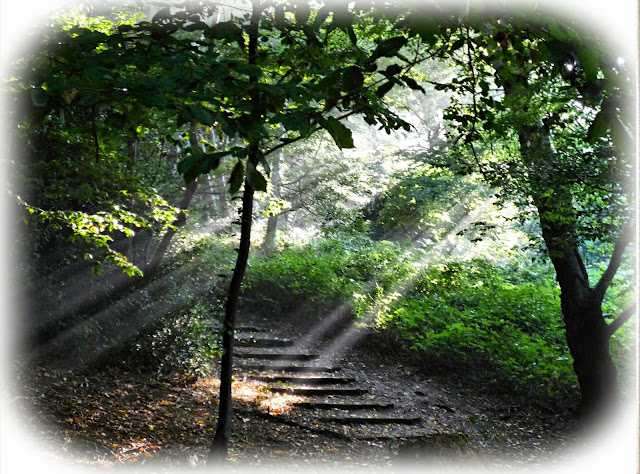Stodmarsh, near Canterbury, is one of my favorite nature reserves to visit, and has some of the largest reed bed habitats in the south of England
Stodmarsh has a long history of human activity, it was used originally by medieval monks from a local monastery who had a stud farm here and grazed their horses on the marshes,
Hence the name Stodmarsh - the stud in the marsh
Recent years have seen Konik horses re-introduced on to the grazing marshes.
In the 20th Century the area was used to extract coal, and its the subsidence of these old coal mining areas that has shaped the area as you see it today. Managed by Natural England.
There is now a large lake which attracts good numbers of waterfowl, extensive reed beds that provide habitat for bitterns, Bearded tits, Water Rail. the reed beds also provide roosting site for Marsh Harriers.
The trail, approx 6 km, leads you through the Alder wood, plenty of woodland birds to see here, dependent upon the season.
 |
| Great spotted woodpecker |
 |
| Treecreeper |
 |
| Grey Squirrel |
The trail continues out on to the grazing marshes, water meadows and on to Grove ferry where there are a number of hides around the shallow pools.
Green hide or Feast hide as its now called, is a good spot for kingfisher sightings, patience required.
From here you can follow the River Stour through the valley and back to the main lake where there is another hide called the Tower hide which gives good views across the lake.
As you walk around the lake you reach the Reedbed hide,
and the subject of my blog today.
After a fairly uneventful walk around the Stodmarsh circuit, I decided to have my lunch in the hide, and ended up staying for a couple of hours enjoying the peaceful ambiance.
The view from the Reedbed hide window.
Peace disturbed by these Greylag geese, quite entertaining to watch as various family groups squabble among themselves.

Around the reed bed margins a Moorhen and a juvenile kept company with the many Teal, strangely no drakes among them.
Every now and then, Great Crested Grebe would swim in to the pool in front of the hide.
In front of the hide, some strategic sticks have been positioned to allow the Kingfisher to perch and hopefully fish from,
providing some excellent photo opportunities, although not for me,
The kingfisher came in on three occasions, first time, I was looking the wrong way, the other occasions, the kingfisher did a circuit of the pool,but did not settle on the perches.
I did manage to capture an image of sort, not good and I am hoping to return in the near future for another attempt to capture a perched image of the kingfisher.
I amused myself by trying to photograph ducks as they came in to land on the water in front of the hide.
I need a lot more practice for this, the subject matter is good idea though ! it just needs wings to be open, landing gear down and dramatic water formation to the rear, and preferably in front of the hide.
A great day, well worth a visit, its amazing what you can see with a little patience.
And I'm going back for the Kingfisher, watch this space !!



















































